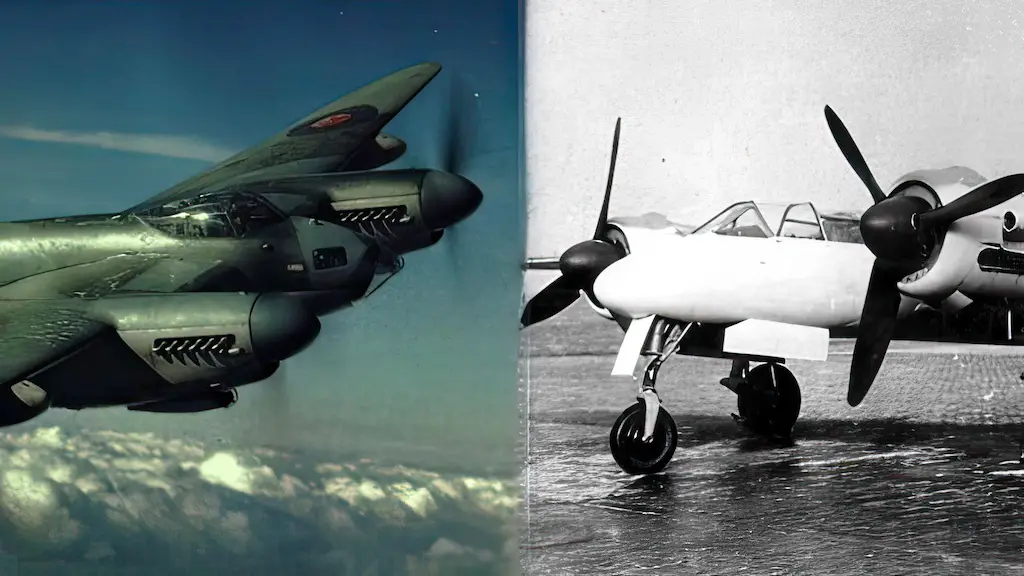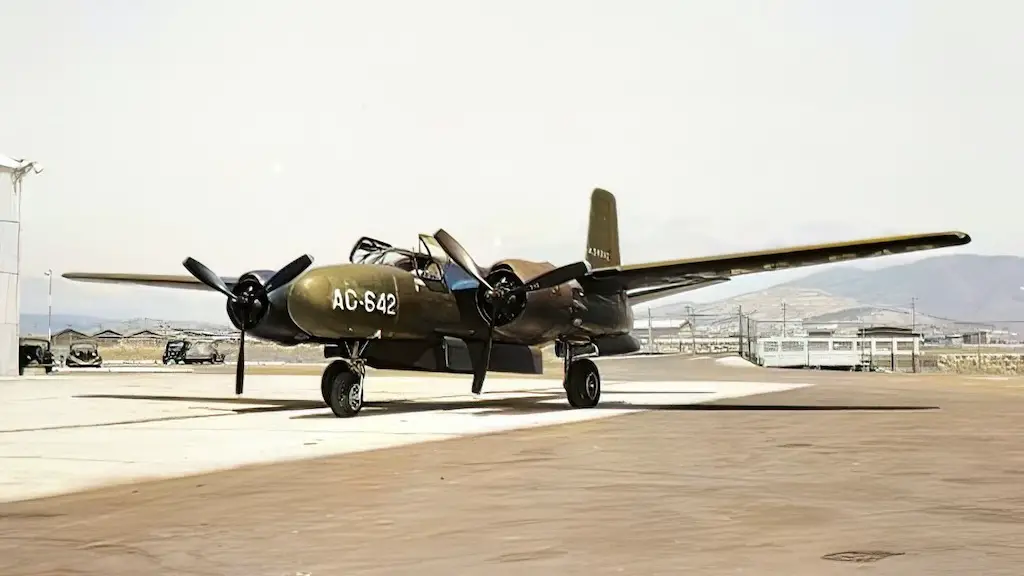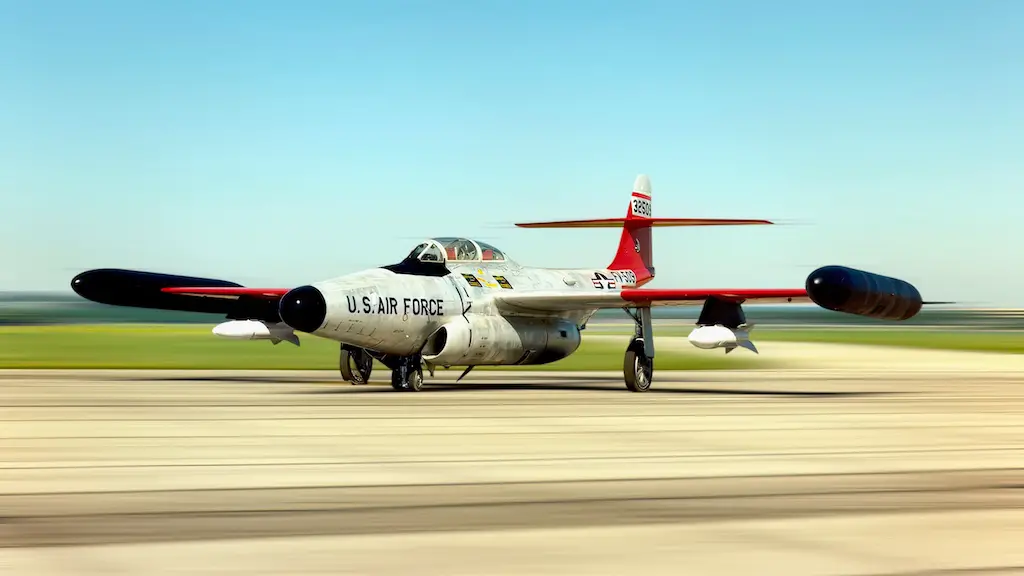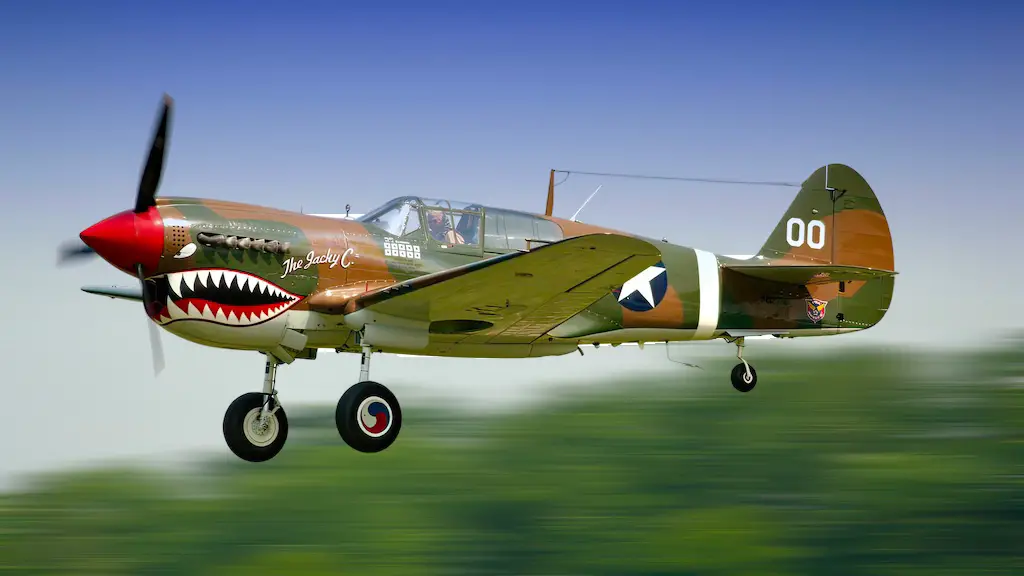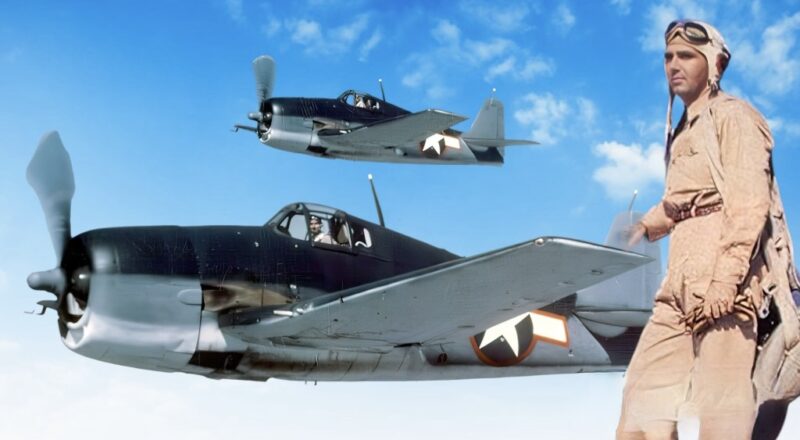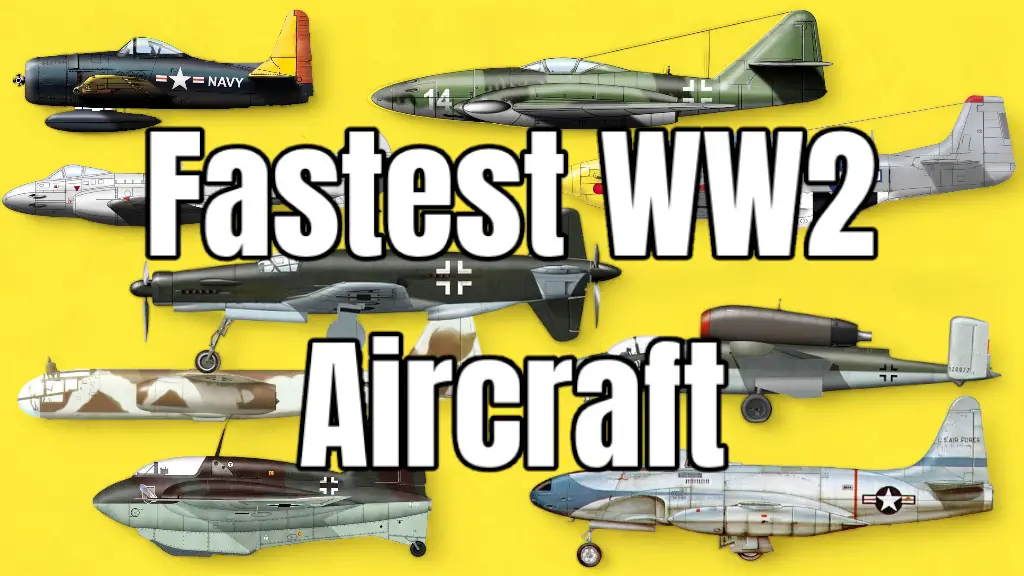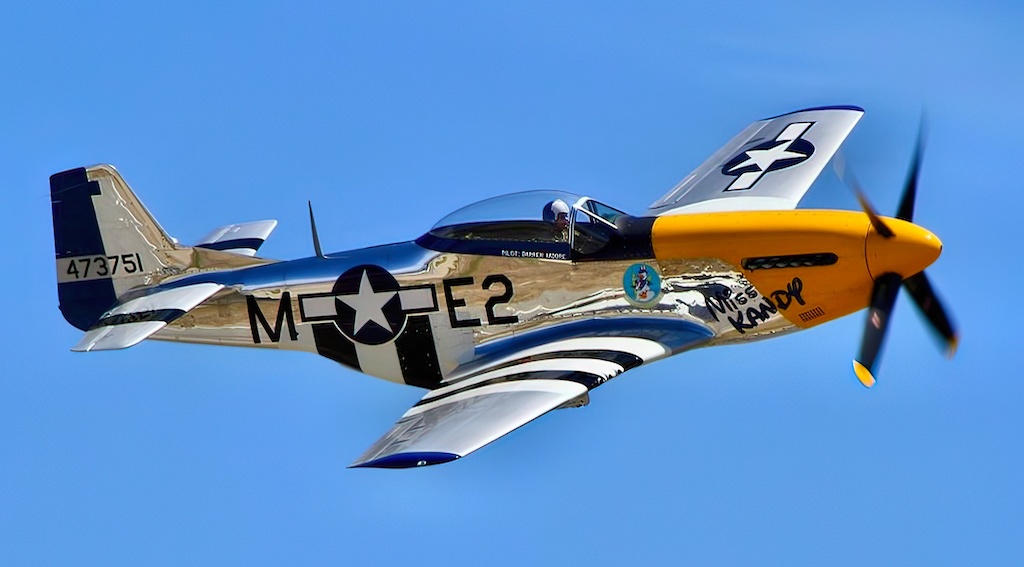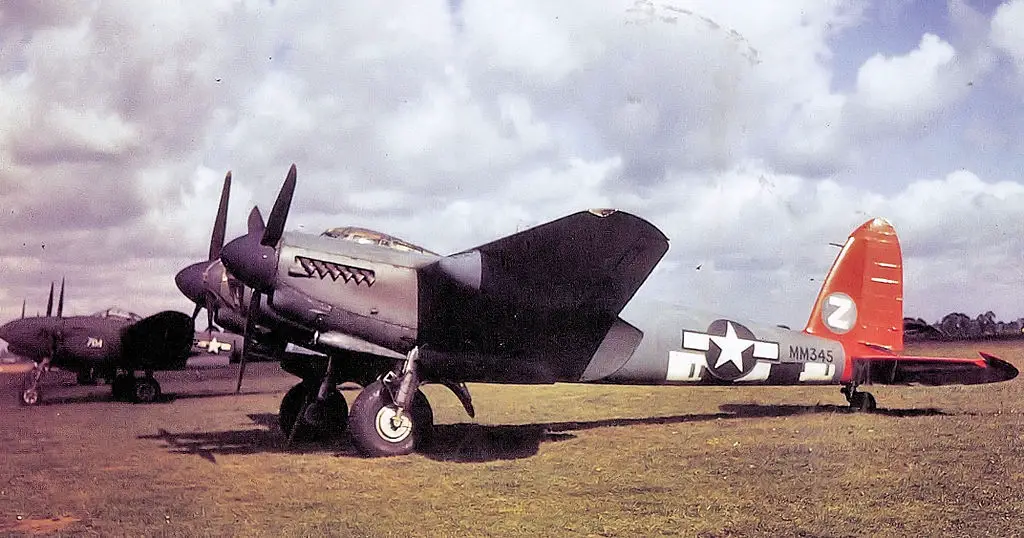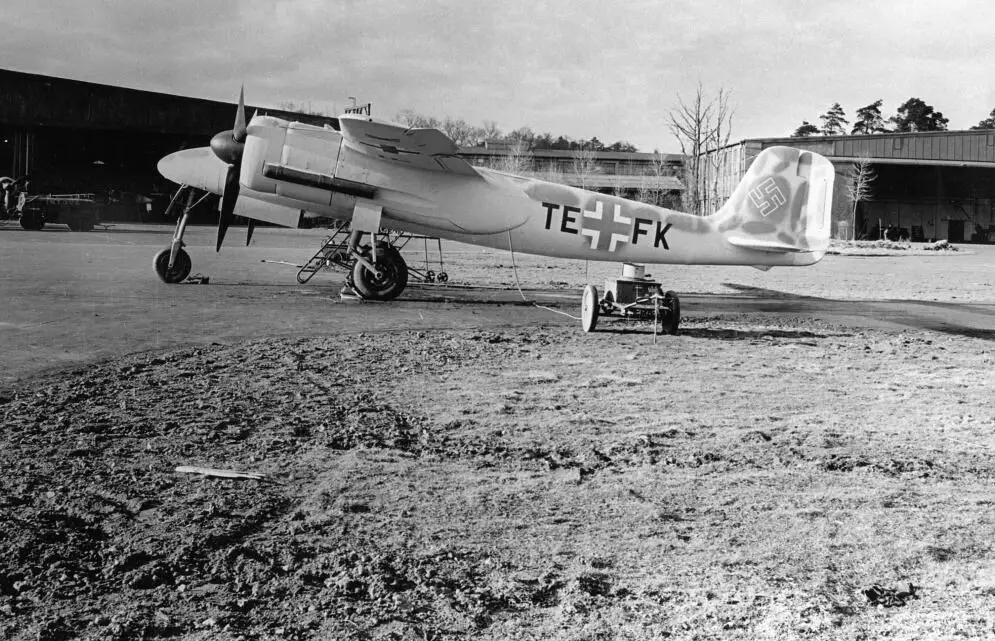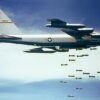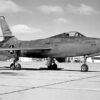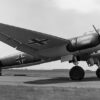They say imitation is the sincerest form of flattery, but how about cloning? As we take wing into the buzzing World War II air battles, we find two mosquitoes flitting around the scene: The British De Havilland Mosquito and the German Focke-Wulf Ta 154 Moskito. Let’s dive into the swarm and take a closer look, aiming to swat away any confusion about the German Moskito being a clone of its British counterpart.
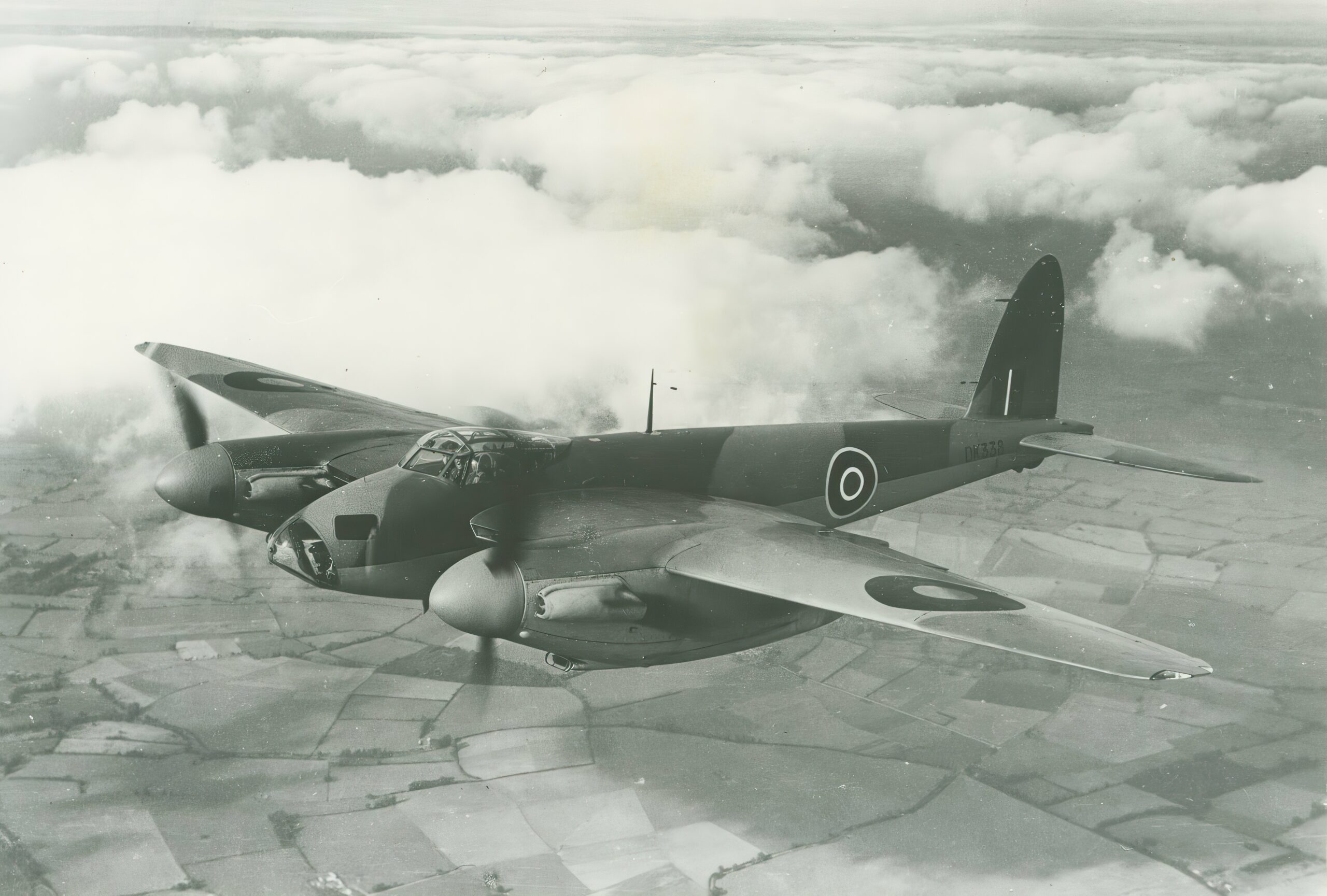
What’s all the buzz about?
As the theater of World War II unfurled in the air, the De Havilland Mosquito, a fast, agile British warbird, took the skies by storm. Across the enemy lines, Germany introduced its night fighter – the Focke-Wulf Ta 154 Moskito. The similarity in names wasn’t just coincidence, it reflected an eerie similarity in design.
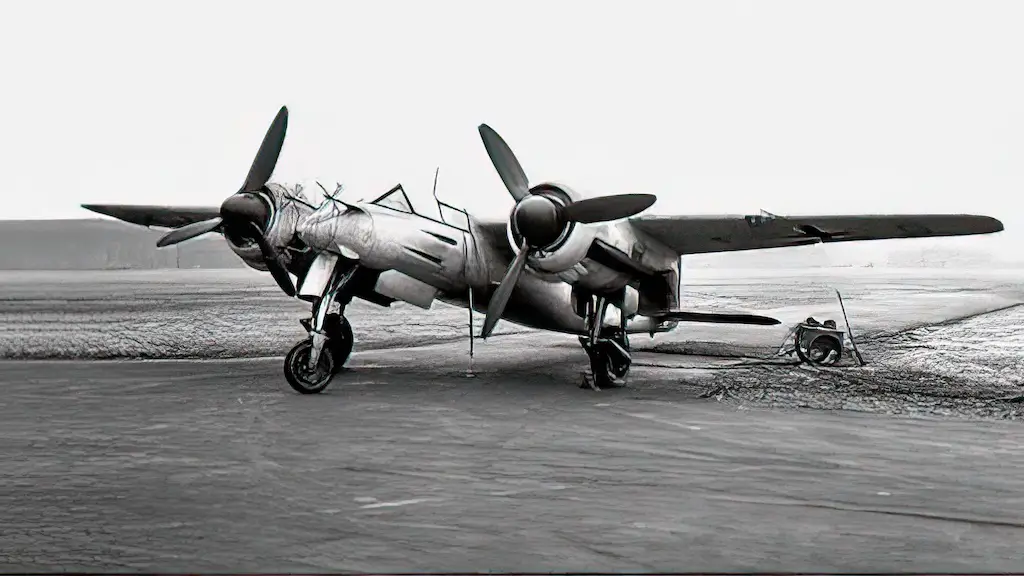
A De Havilland Homage?
The De Havilland Mosquito, fondly known as ‘The Wooden Wonder,’ flew with its first operational RAF squadron in 1941. Its structure was primarily plywood, a choice that raised many an eyebrow but soon proved itself in combat. The Mosquito was incredibly fast, highly versatile, and startlingly agile. Its wooden design offered an unexpected advantage: low radar visibility, making it an elusive target.
The Focke-Wulf Ta 154 Moskito emerged in 1943, two years after the De Havilland Mosquito. Glance at the Ta 154, and you’d think you’re looking at the British Mosquito’s reflection. A wooden airframe, twin engines, and design for versatility – the German Moskito mirrored its British counterpart.
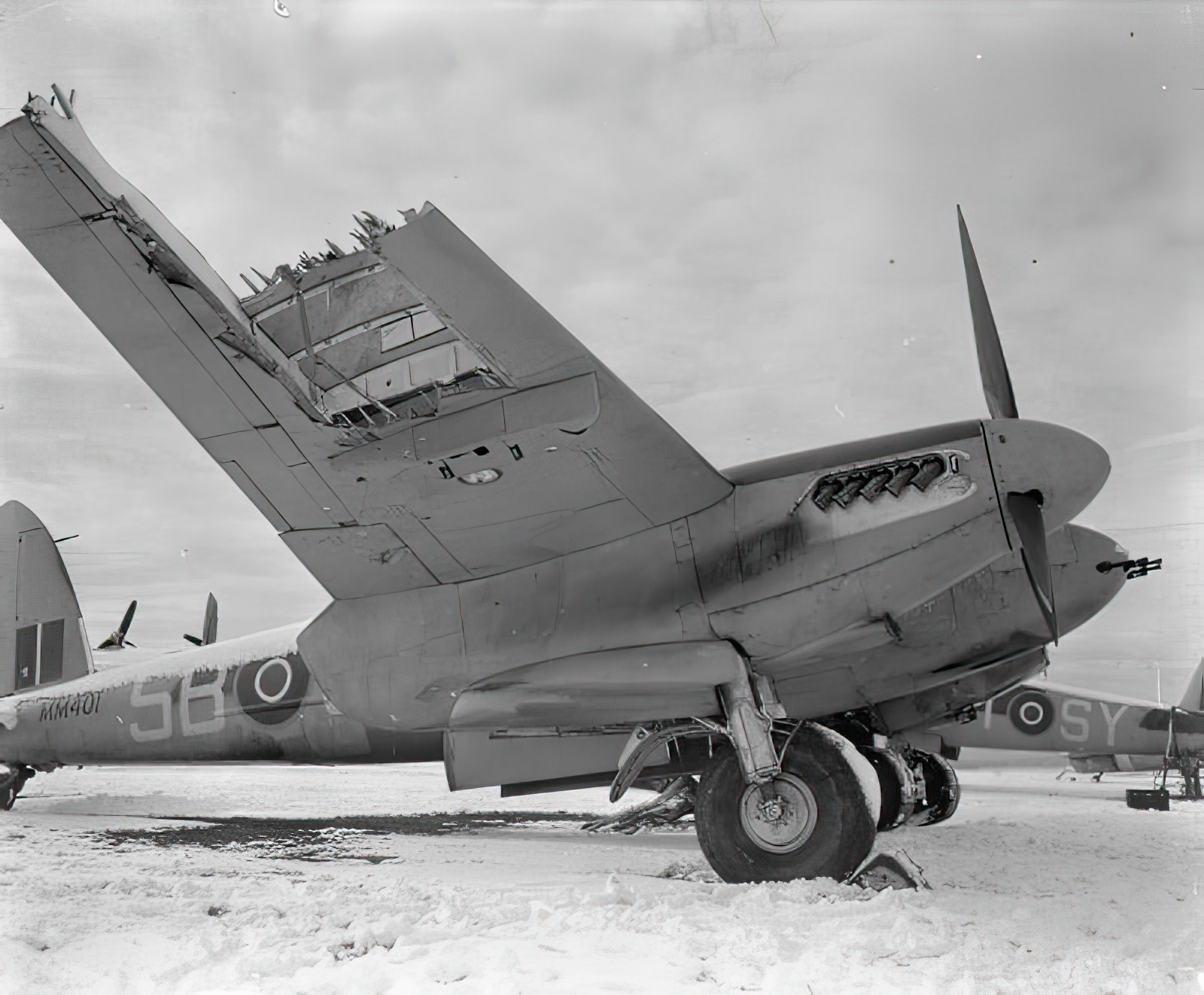
A Shared Blueprint?
Let’s delve into the core design features. The De Havilland Mosquito showcased an all-wood airframe, making it lightweight, fast, and stealthy. It could switch between roles as a fast bomber, night fighter, and photo reconnaissance plane with ease.
The Ta 154 Moskito, while also having a wooden airframe, sported a more complex design. It was a bit heavier but used more powerful engines to compensate. Like the British Mosquito, the German Moskito was designed to be a jack-of-all-trades, capable of intercepting enemy aircraft in the dark.
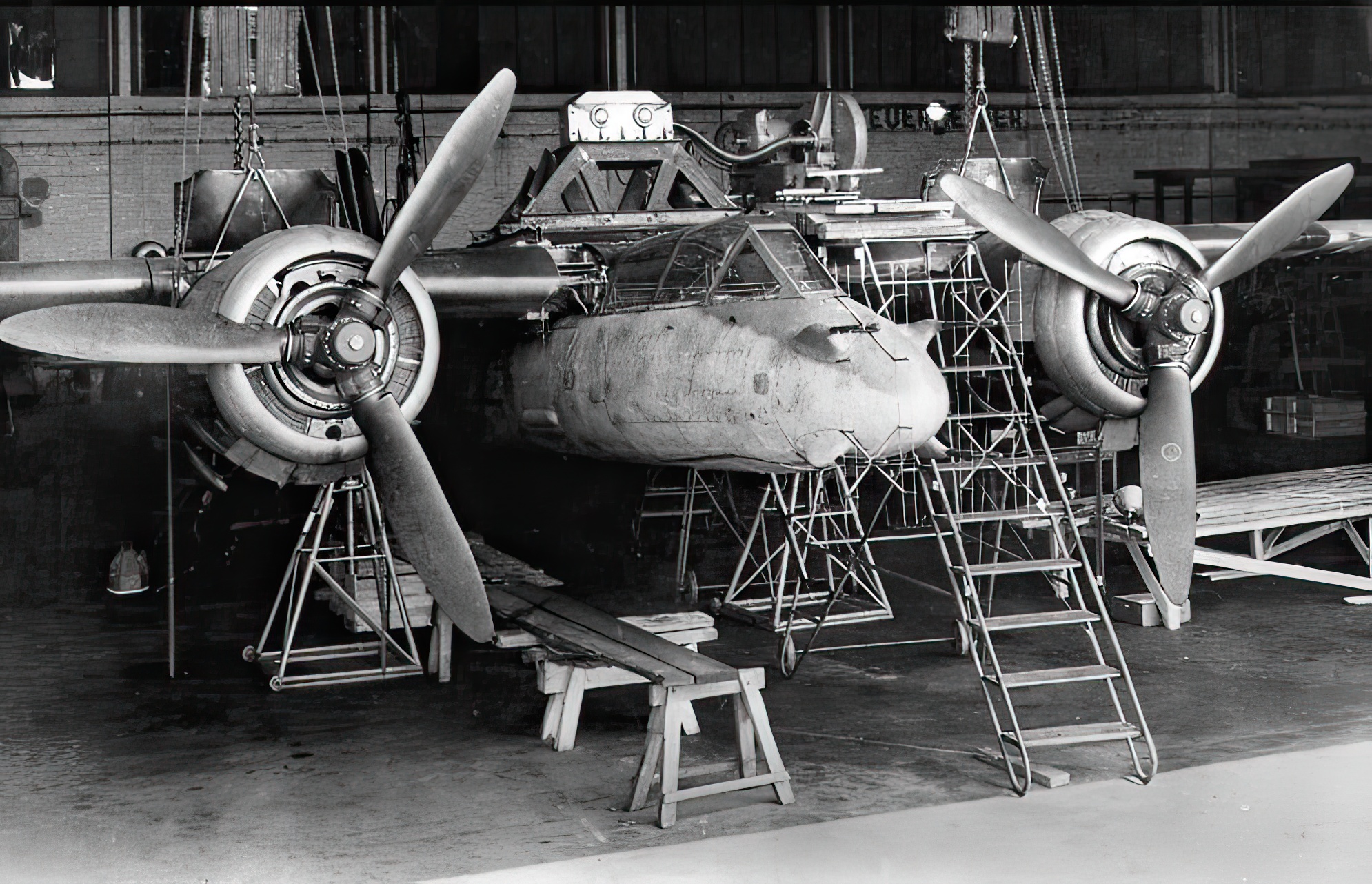
The British Buzz
The De Havilland Mosquito sported two Rolls-Royce Merlin engines. The Merlin series was among the most successful aircraft engines of the WWII era, powering many iconic British aircraft. In the Mosquito, these engines delivered astonishing performance, with a combined output of over 3000 horsepower.
Powered by the Merlin engines, the Mosquito could achieve speeds beyond 400 mph. This was an impressive feat, considering its size and unique construction. The reliable and efficient Merlins not only powered the Mosquito’s flight but also granted it the speed advantage, enabling it to outpace a majority of its opponents.
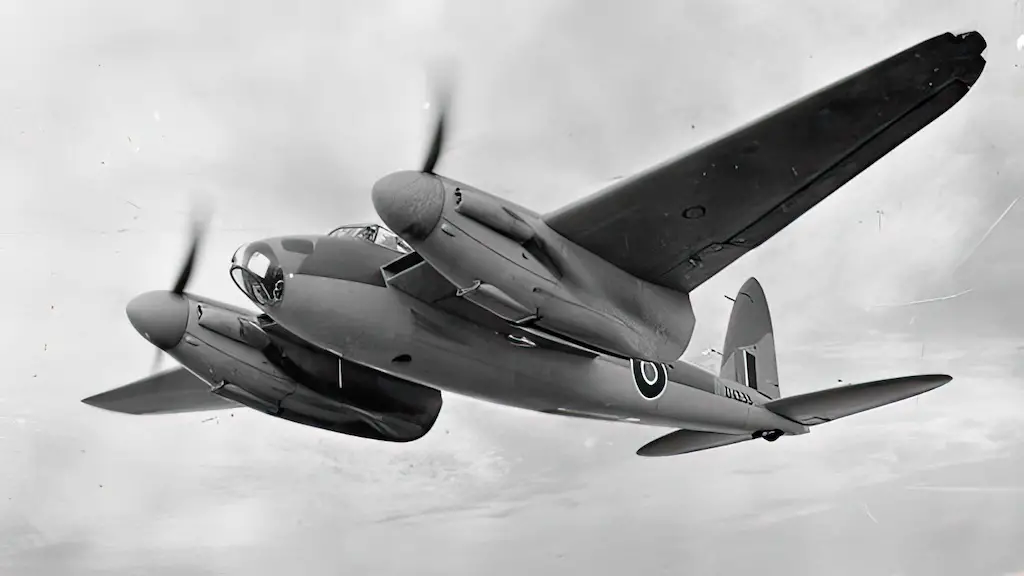
The German Hum
On the other side, the Focke-Wulf Ta 154 Moskito was fitted with two Jumo 211N engines. Built by Junkers, these engines were known for their power. Each of them could deliver about 1,400 horsepower, matching the Mosquito’s top speed despite the Moskito’s heavier weight.
The Jumo engines were not just about power – they were built to perform in challenging conditions. Known for their durability, they could withstand high altitude pressure changes and extreme temperature fluctuations, essential qualities for a night-fighter aircraft.
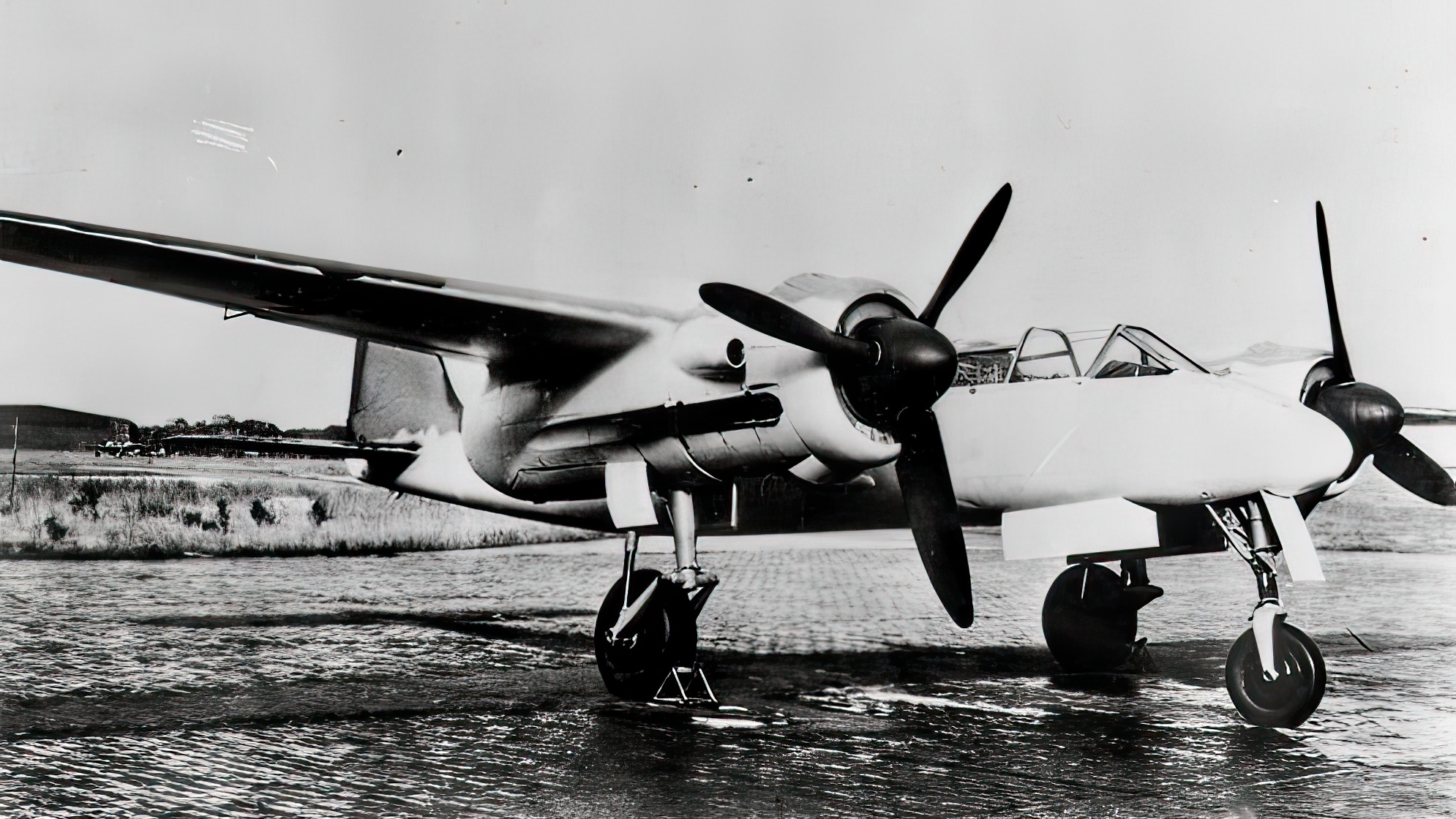
Thrust Comparison
Despite the Moskito being slightly heavier, it managed to match the British Mosquito’s speed, thanks to the power of its Jumo engines. While the Mosquito’s Merlin engines were known for their reliability and efficiency, the Jumo engines on the Moskito offered high performance in challenging conditions.
Both aircraft, with their twin-engine design, demonstrated impressive speed and reliability, making them formidable opponents in the buzzing war skies.
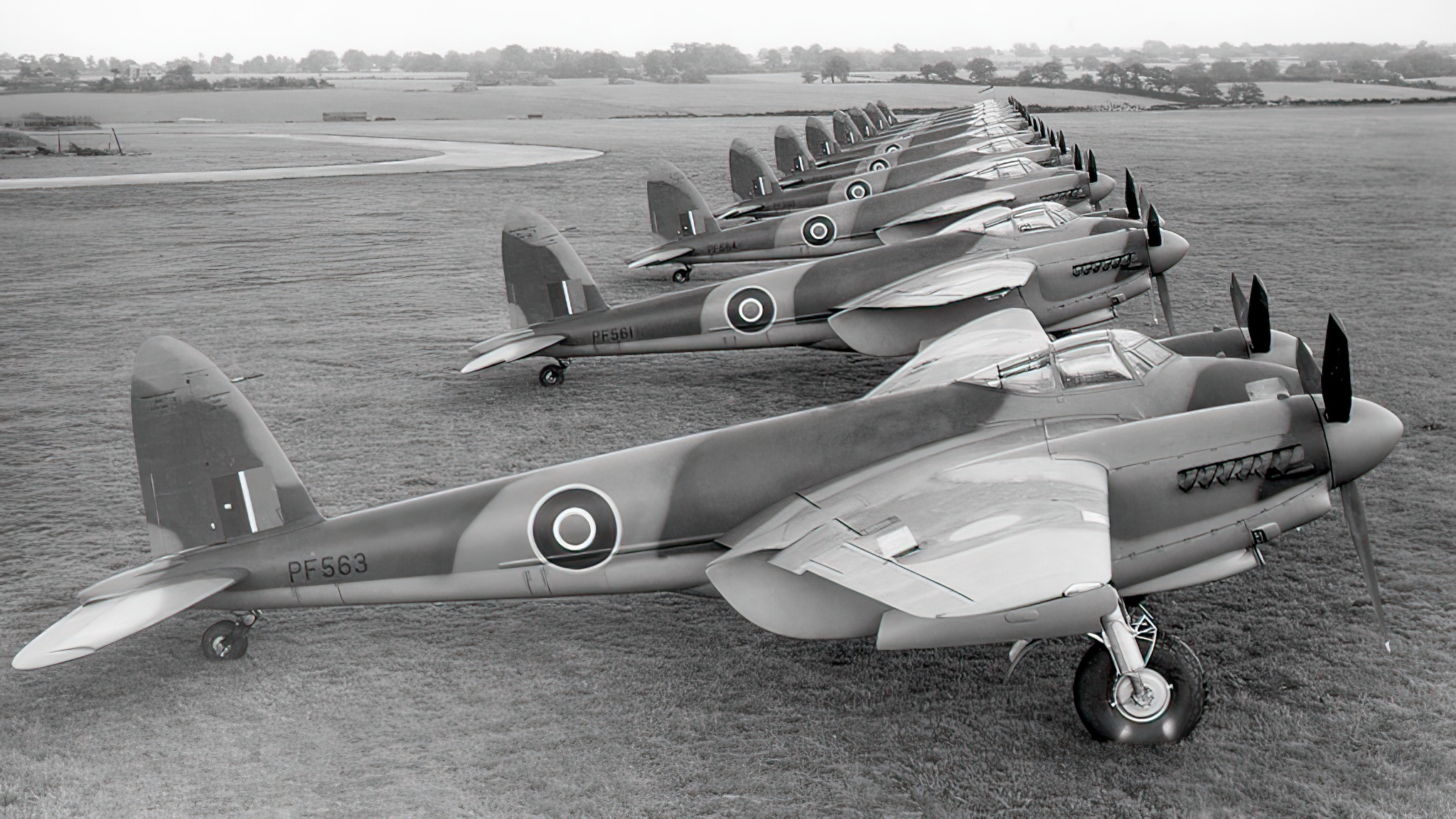
A Clone, Yet Not a Clone
The Ta 154 Moskito undeniably resembles the De Havilland Mosquito, but was it a true clone? Many argue that the Germans were indeed trying to mirror the Mosquito’s success, adapting the concept of a wooden, versatile, high-speed aircraft. However, the execution varied, with the Ta 154’s design being more complex and heavier.
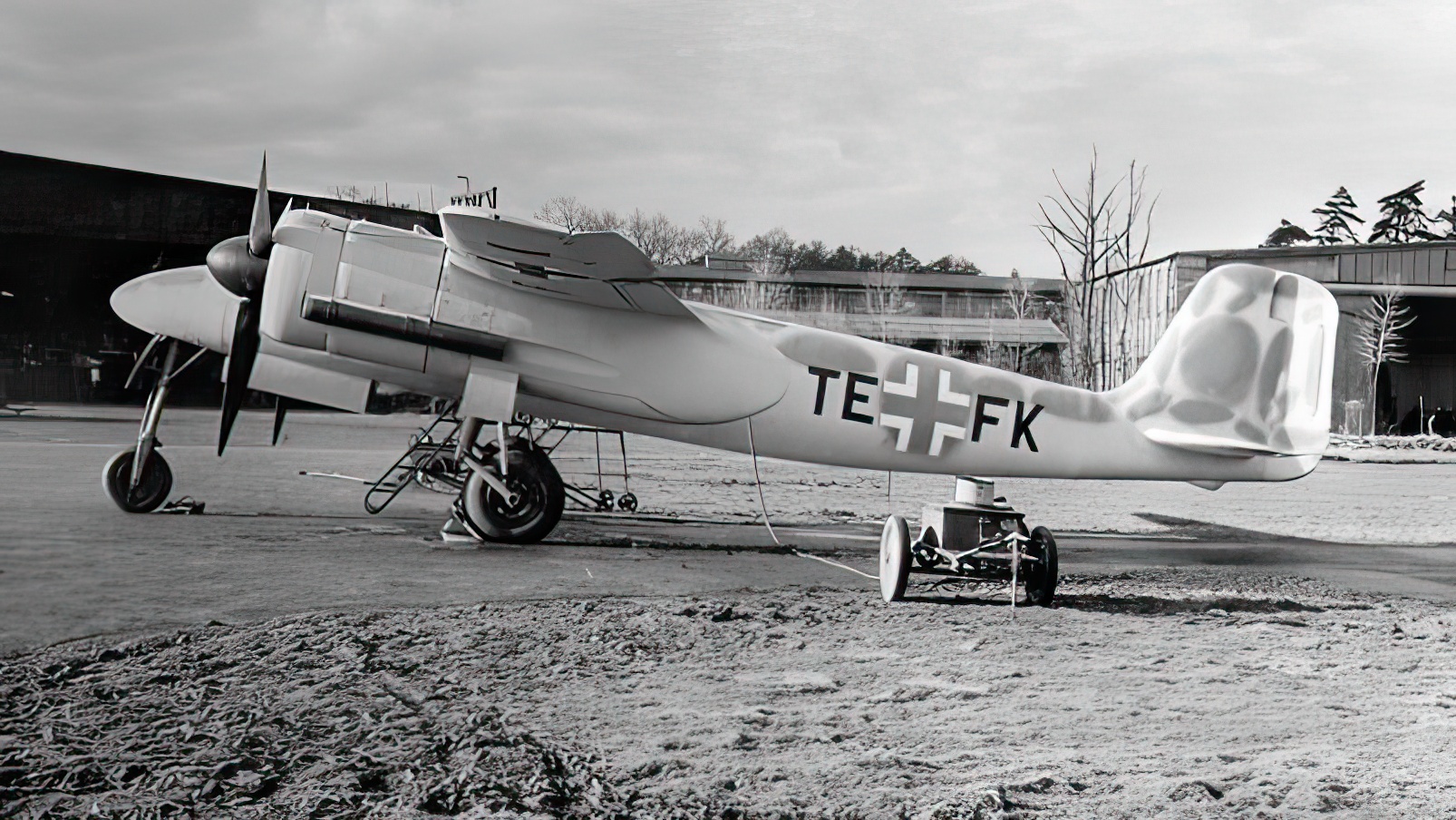
Grounded Aspirations
So, why couldn’t the Germans produce their own successful version? The answer lies in the materials. While the British had access to high-quality, aircraft-grade plywood and balsa wood, Germany’s resources were less ideal. The subpar wood quality combined with an inferior bonding agent, led to structural failures in the Ta 154.
Moreover, production problems plagued the Ta 154. High manufacturing standards for the complex design weren’t achievable in war conditions, resulting in production stopping after only a few hundred units.
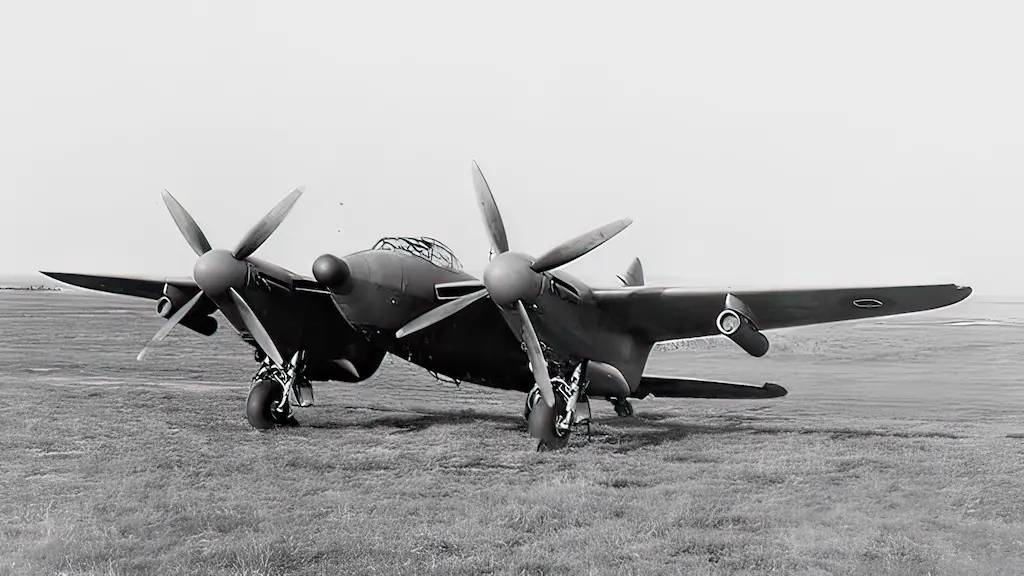
A Battle in the Skies
In the end, while the Focke-Wulf Ta 154 Moskito shared significant similarities with the De Havilland Mosquito, it fell short of being a clone. Resource and production issues made the Ta 154 a less successful aircraft, demonstrating that while imitation can mimic design, it doesn’t guarantee success. A vivid reminder that in the theater of war, as in life, true victory often lies in originality and adaptability.


